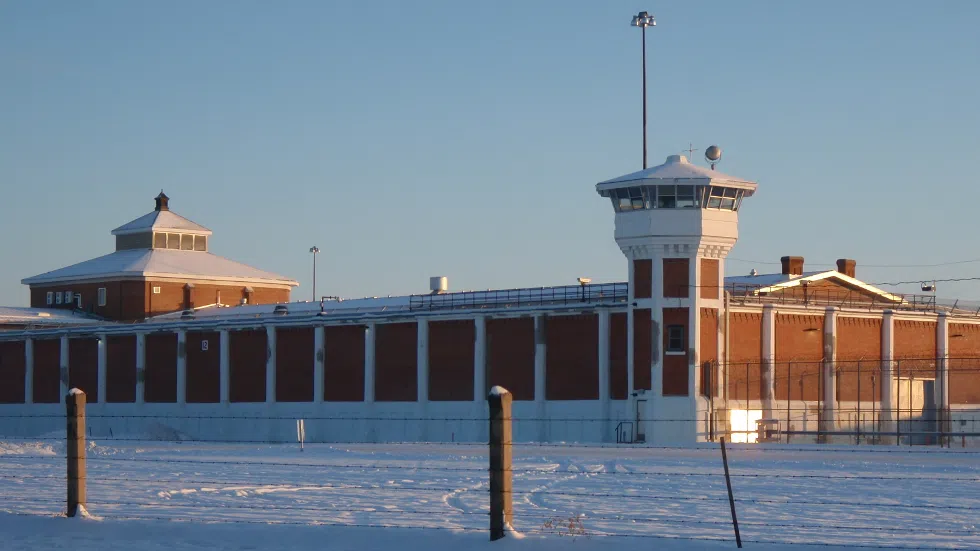
Penitentiary still safe despite investigator’s report: Union
A representative for Saskatchewan Penitentiary guards said the aging prison is no more dangerous than any other in Canada, in spite of serious concerns raised by the federal Correctional Investigator and local advocates.
James Bloomfield, veteran guard and prairie regional president of the Union of Canadian Correctional Officers, said he disagrees with Correctional Investigator Ivan Zinger’s assessment of the 106-year-old institution. Zinger alleged the Prince Albert facility is “not conducive to rehabilitation” due to its aging infrastructure, but Bloomfield said the prison is on par with every other Canadian penitentiary when it comes to both safety and correctional programming.
“There can always be improvements, don’t get me wrong, but we’re definitely not lacking as [Zinger] indicated,” Bloomfield said. “He’s right in one aspect – it wasn’t designed to do the corrections that we’re doing today, but that doesn’t take away from our ability to do corrections within this design.”
Bloomfield said Zinger’s allegation that penitentiary infrastructure hampers programming for inmates is incorrect, and noted programs are largely identical across all federal prisons. Programming specific to Indigenous offenders is actually more robust at the Saskatchewan facility than most due to the high population demographics, he said, despite Zinger’s report to the contrary.


